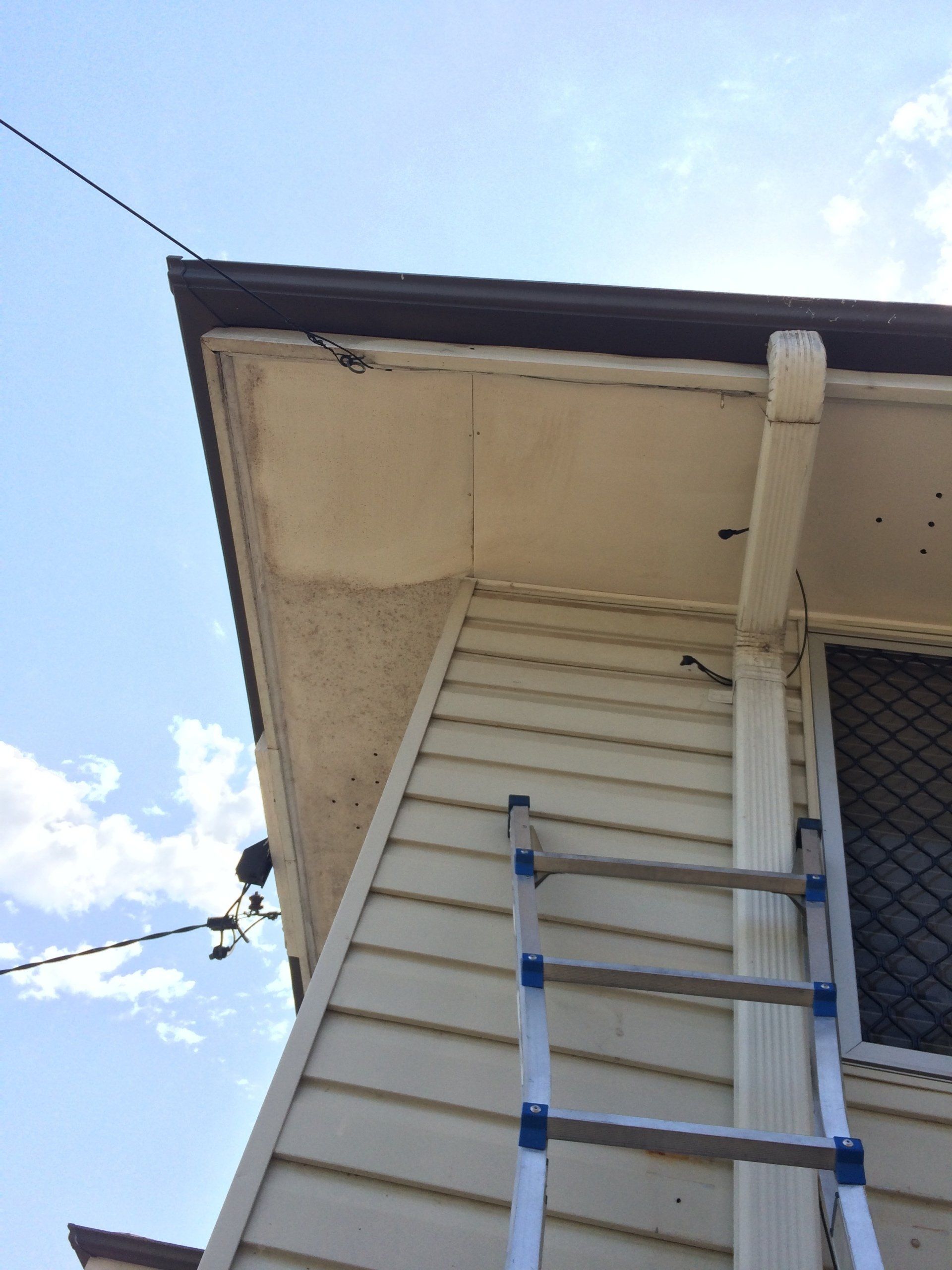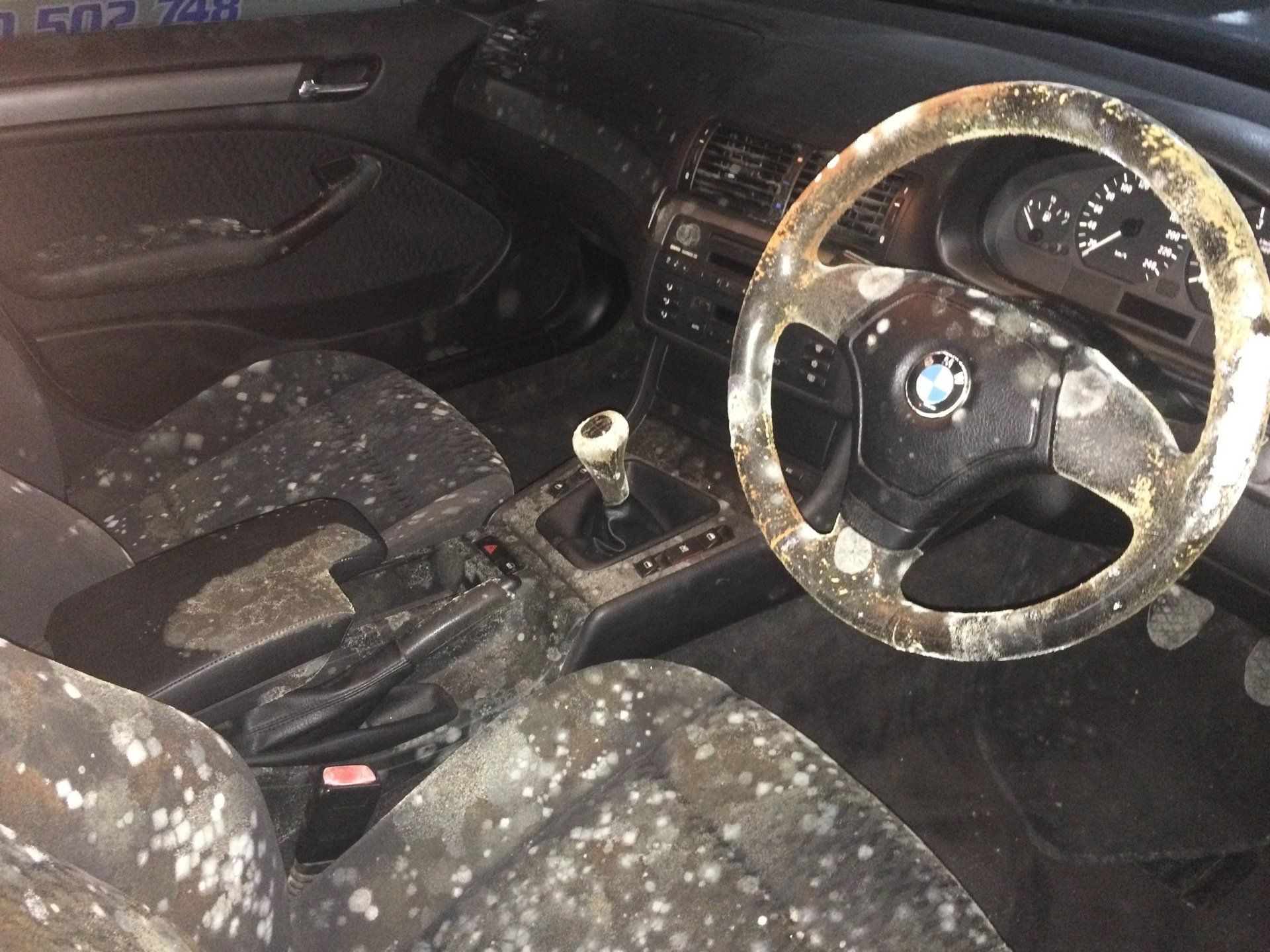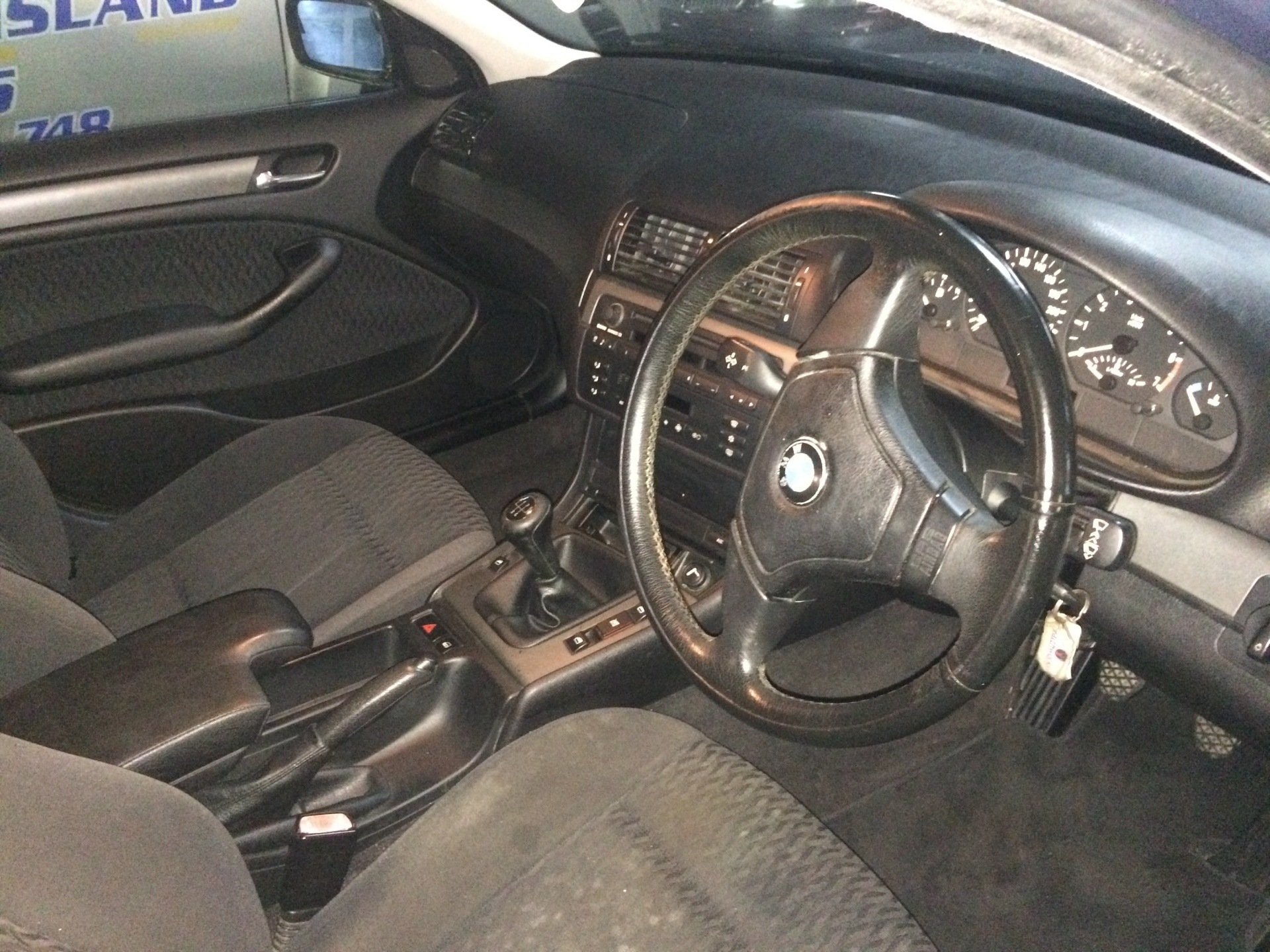Expert Guide to Effectively Eliminating Mould from Your Car
Moulds are dangerous to human health. They cause issues like coughing, sneezing, congestion, and infections. For people with asthma, allergies, and weakened immune systems, they're especially dangerous.
Do you have mould in your car? If so, you should clean it as soon as possible. In doing so, you will keep yourself and your passengers safe.
Read on to learn how to clean mould from cars.
How to Prevent Car Mould
Removing mould from your car detailing is pointless if it just keeps coming back. It's important to learn some anti-mould car cleaning tips first. These will help you make certain that the mould never returns after it goes away.
What Is Mould?
Mould is a fungus. You can find it growing on plant and animal matter. In nature, you'll find it on plants, in the soil, in dead animal matter, and other areas.
It also likes to grow on certain human-made objects. You can find it on wooden objects like support beams and upholstery like carpets and curtains.
Luckily, it won't start growing on objects out of the blue. The objects have to be in a certain state before mould decides to grow on them.
What Causes Mould to Grow?
Moisture is a mould's best friend. Mould won't grow on plant or animal matter that's dry. It has to be wet in some way.
Moulds also love when areas are poorly ventilated. Such an area will make certain that all the mould's spores stay in the same place.
Ways to Prevent Car Mould
If your car's upholstery becomes wet, you should dry it right away. Mould may not be interested in your car's upholstery if it's made of artificial materials, but you're better safe than sorry.
If you spill wet plant or animal material in your car, you should clean it right away. In this situation, it's nearly guaranteed that mould will grow on the spill.
How to Clean Mould From Car
Were you unable to follow the steps above? If so, that's okay. Removing mould from your car is easy when you know what to do.
There are a few different methods you can use to clean mould from your car. This mould removal guide will go over a natural mould removal method that uses vinegar.
Before Removing Mould
Put on eye, skin, and breathing protection before you try to clean a car with a mouldy interior. The mould in your car may or may not be dangerous. Without testing, it's impossible to tell the exact kind of mould that you have.
Clean Out Car First
You can't get to the mould if there are other objects in the way. Make sure to remove anything removable from your car before cleaning out the mould. Items can include trash, paperwork, personal belongings, etc.
You should also vacuum the carpets, seats, etc. Doing so will remove any crumbs, smaller pieces of trash, etc.
The Best Workspace
Move your car to an ideal workspace before you start working on it. This should be a flat, ventilated area. Good examples include a driveway, street or backyard. You can use your garage as well. Just make sure to keep your garage door open. This will keep your workspace well-ventilated.
Clean Mould With White Vinegar and Mould
Plain white vinegar is highly effective against mould. It can also get rid of any odours caused by spills in the car.
Yes, the vinegar will stink up the interior. But don't worry! This will go away when the vinegar dries up.
Here are the materials you need:
- White vinegar
- Some tap water
- Clean spray bottle
- Clean towels
- A wet/dry vacuum cleaner
- Soft detailing brush
- Borax (Optional)
Step 1: Mix Vinegar and Water
You're going to want to mix a ratio of 1 part vinegar to 4 parts water. You can use more vinegar if you have a heavy infestation.
Do not use undiluted vinegar. This solution may end up harming, destroying, or discolouring the texture of your vehicle's fabrics.
Step 2: Spray the Vinegar Solution
Spray the vinegar solution all over the contaminated areas. If you're removing mould from upholstery, make sure to thoroughly soak these areas. This should kill the spores that are hiding deep in the threads of the fabric.
Step 3: Let Soak for 20 Minutes
Let your vinegar solution sit on your vehicle's surfaces for around 20 minutes. During this time, the vinegar should kill off all traces of spores and moulds.
Step 4: Agitate Surfaces
Grab the soft detailing brush. Run it over surfaces that are wet with vinegar. This will help the cleaning solution penetrate the deeper areas of the fabrics.
Step 5: Use a Wet/Dry Vacuum
Use the wet/dry vacuum cleaner to suck up the remaining vinegar. If you don't have a vacuum cleaner, just let the interior air dry for around 15 minutes. Leave the car doors open while you let everything dry.
Step 6: Use Borax (Optional)
Borax is effective at removing mould, algae and mildew from a variety of surfaces but you must be careful not to leave any traces to prevent accidental ingestion by a pet or child as it is not safe to ingest.
Get a small carton of Borax. Sprinkle some of the powder on all the infected areas of your vehicle's interior. Let it sit there for ten minutes.
Then use your vacuum to suck up the excess powder.
An alternative is using natural essential oils like the ones we use in our mould cleaning service.
We Clean Mould From Cars (South Brisbane)
For anyone located in the South Brisbane region and you don't have the time to clean car mould, consider using our services. Our service area is from Ipswich to Wellington Point, Brisbane to Helensvale. We use products that are natural and safe.
Call us for a free quote today by using the number on this page.
Disclaimer: The information provided on this blog is for general informational purposes only. All information on the site is provided in good faith, however, we make no representation or warranty of any kind, express or implied, regarding the accuracy, adequacy, validity, reliability, availability, or completeness of any information on the site. The content is not intended to serve as a substitute for professional advice. Always seek the advice of a qualified professional for any questions you may have regarding a particular issue. Under no circumstance shall we have any liability to you for any loss or damage of any kind incurred as a result of the use of the site or reliance on any information provided on the site. Your use of the site and your reliance on any information on the site is solely at your own risk.
You might also like




